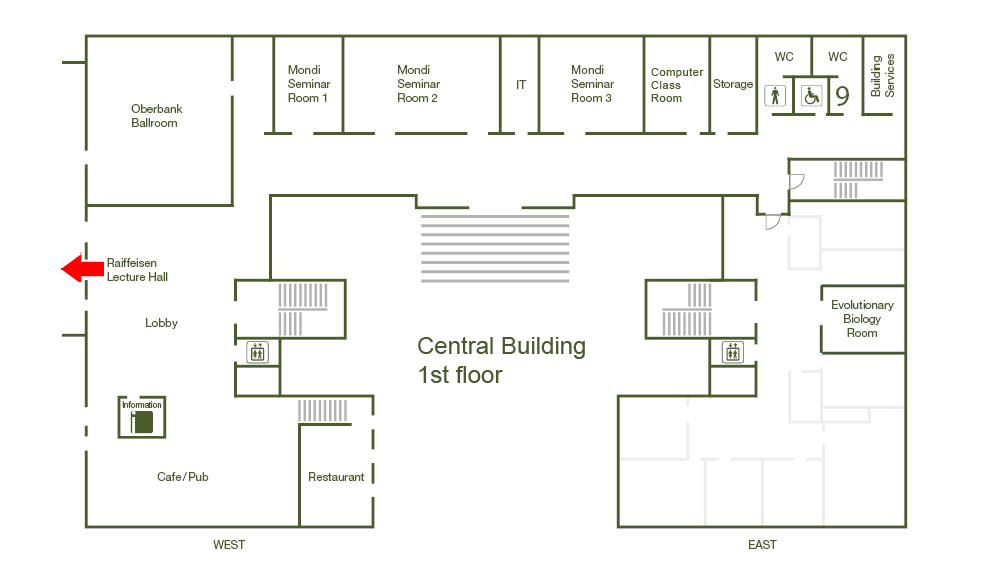The Institute Colloquium: Inside a collapsing bubble: sonochemistry and sonoluminesce
Date
Monday, October 10, 2016 16:00 - 17:15
Speaker
Kenneth S. Suslick (University of Illinois at Urbana-Champaign)
Location
Raiffeisen Lecture Hall, Central Building
Series
Colloquium
Tags
Institute Colloquium
Contact
Url

Fundamentally, chemistry is the interaction of energy and matter. Surprisingly, there are relatively few ways of putting energy into molecules. High intensity ultrasound has found numerous applications in driving chemical reactions and in the preparation of unusual materials, creating the field of sonochemistry. The chemical effects of ultrasound originate from acoustic cavitation: the formation, growth, and implosive collapse of bubbles in a liquid. From sonoluminescence spectroscopy, we have established that cavitation produces local conditions inside the bubbles of ~5000 K, ~1000 atm, with heating and cooling rates that exceed 1010 K/s. In isolated single bubbles, which can collapse more symmetrically and effectively, temperatures exceeding 20,000 K are observed. In otherwise cold liquids, ultrasound is able to drive reactions that normally occur only under extreme conditions. The sonochemical syntheses of nanostructured metals, alloys, metal carbides, supported heterogeneous catalysts, and nano-colloids derives from the sonochemical decomposition of volatile organometallic precursors during cavitation, which produces clusters a few nm in diameter. Such nanostructured solids are active heterogeneous catalysts for various reactions. As examples, we have discovered a new synthesis of nanostructured MoS2 and Mo2C and of transition metal colloids of iron, cobalt, and iron-cobalt alloy colloids. Sonication of molybdenum hexacarbonyl in the presence of sulfur produces a novel morphology of MoS2 with extremely high activity for catalytic hydrodesulfurization. Another remarkable phenomenon occurs during ultrasonic irradiation of liquid-solid slurries: extremely high speed inter-particle collisions. Turbulent flow and shock waves produced by acoustic cavitation can drive metal particles together at sufficiently high velocities to induce melting upon collision. Metal particles that are irradiated in hydrocarbon liquids with ultrasound undergo collisions at roughly half the speed of sound and generate localized effective temperatures of ~3000 K at the point of impact. As a consequence, both stoichiometric and catalytic liquid-solid reactions can be tremendously enhanced. In addition, sonofragmentation of molecular crystals occurs readily, which greatly improves the uniformity of particles formed during crystallization, for example, of active pharmaceutical ingredients.